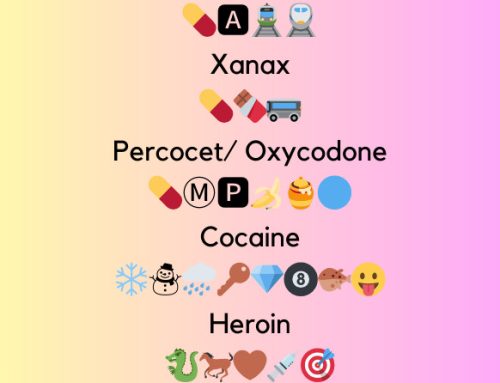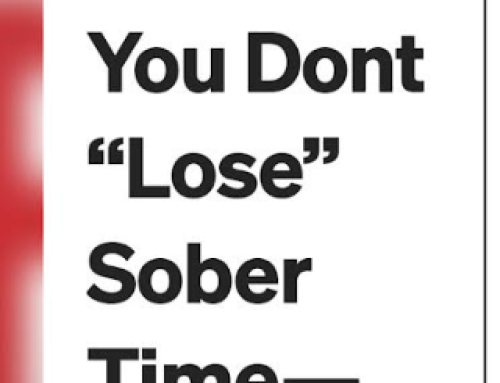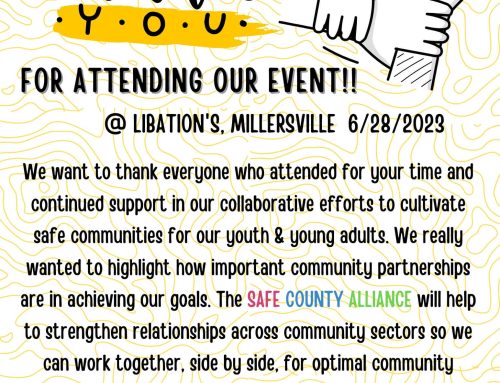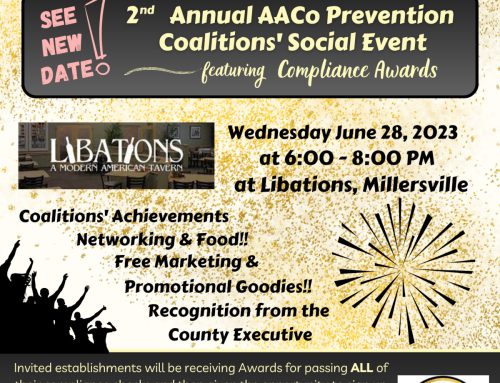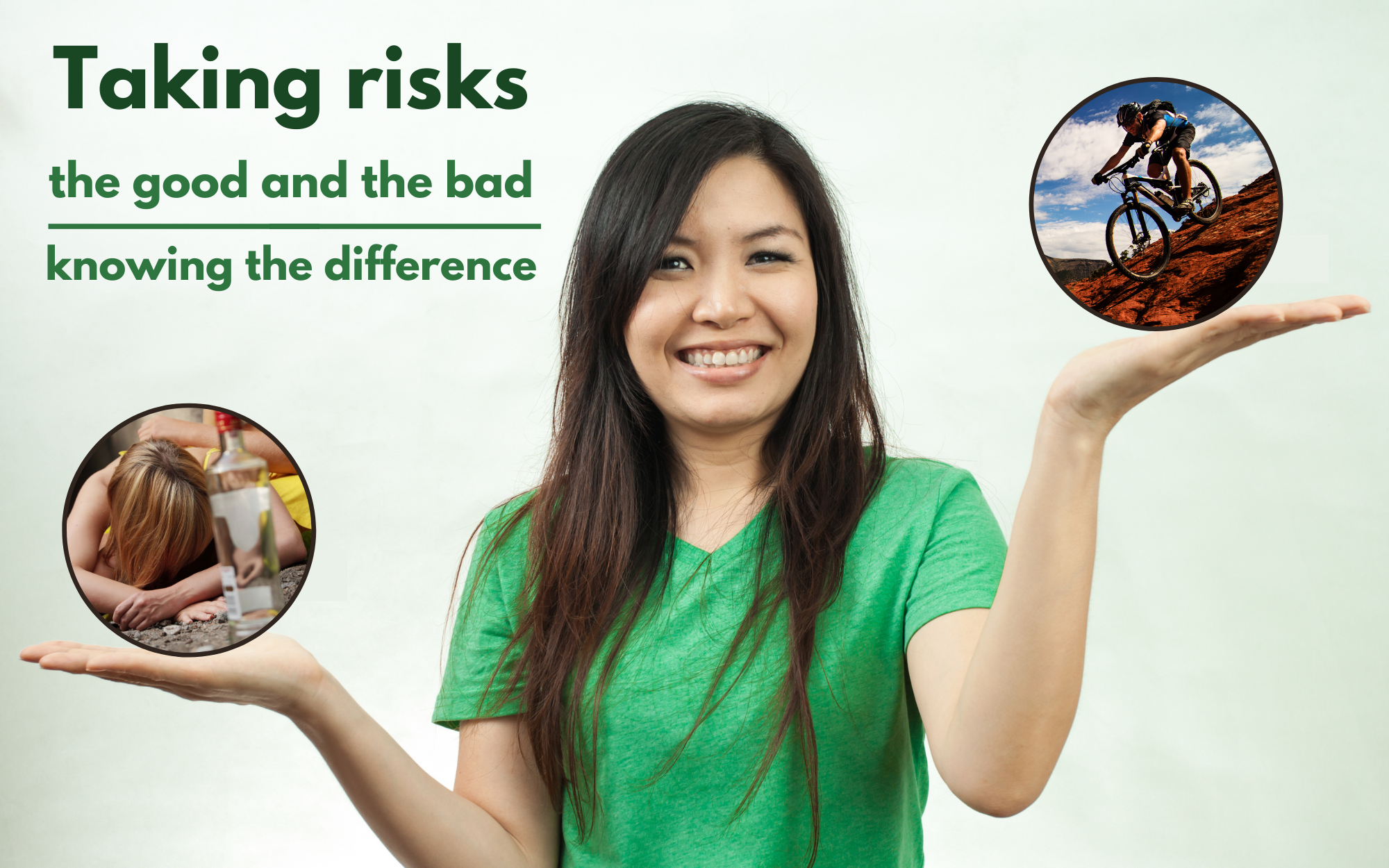
In life, young people are continually warned about things to stay away from. ‘At risk youth’, a term used often in the helping profession, can imply risk taking as being generally negative. We know influencing youth to define and practice positive decision-making skills is important. The question is, can this be achieved without sending the message that all risks lead to demise?
The Search Institute, a non-profit organization that promotes positive youth development, designed the 40 Development Assets Framework. This identifies supports and strengths necessary for young people to succeed. Assets are categorized as either internal, defined as personal skills, commitments, and values needed to make good choices, take responsibility for their own lives, and be independent and fulfilled. Or external, defined as supports, opportunities and relationships needed across all aspects of life. https://www.search-institute.org/our-research/development-assets/developmental-assets-framework/
Naturally, the higher the number of assets a young person has leads to an increased likelihood to thrive, while the lower the number leads to a higher likelihood for engaging in behaviors leaving them vulnerable.
This framework is a great tool to encourage positive challenges. From a prevention lens, we shoot for an ideal scenario, in which supports are set in place before something potentially dangerous can occur. This presents an opportunity to define and promote ‘good risk’. When a toddler asks for a sleeve of cookies right before dinner–bad risk, we offer an apple instead good risk. Flash forward to the teenage years. Let’s go sneak some beers in a friend’s basement afterschool– bad risk. Counteroffer, we should try to bike that awesome new trail–good risk. Two different stages in youth but the same idea of THIS not THAT.
Poor decision making is still decision making. Some choices will be awful, and some will deserve a ‘congratulations’. Young minds are inherently curious. If young people can harness this curiosity towards strong and meaningful choices, they stand the chance of reaping the benefits of success and accomplishment. If one of those teens can’t make that full ride on the trail, well, at least they got some fresh air and exercise. In scenario two, unfortunately, if that teen tries their first beer and likes it, behavior will likely continue and could lead to a dangerous coping skill when life gets tough.
REFERENCES
https://www.search-institute.org/
https://www.search-institute.org/our-research/development-assets/developmental-assets-framework/

